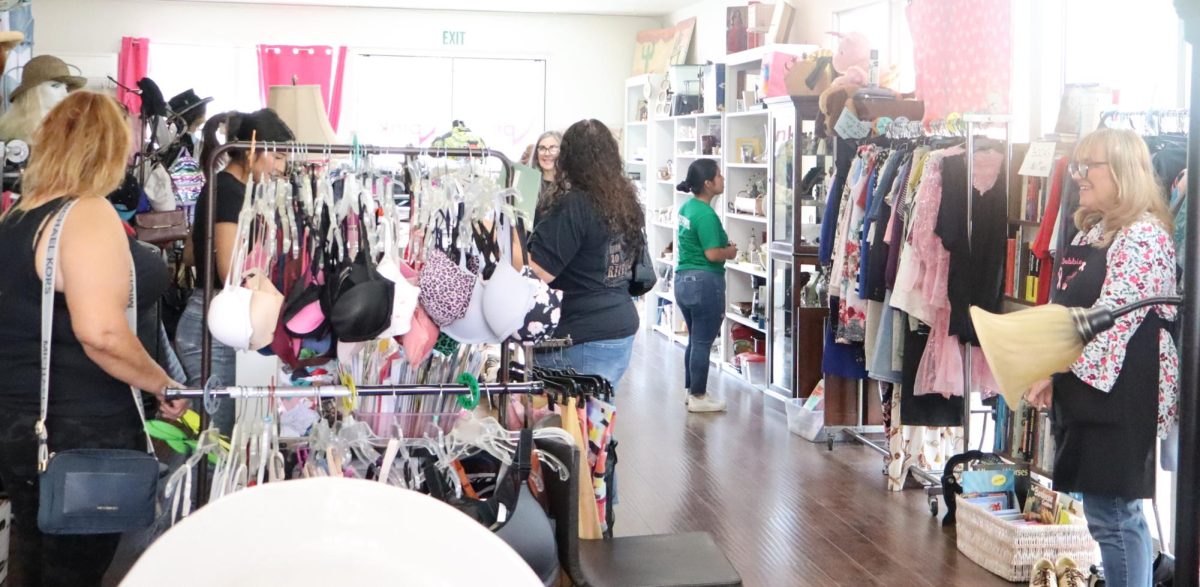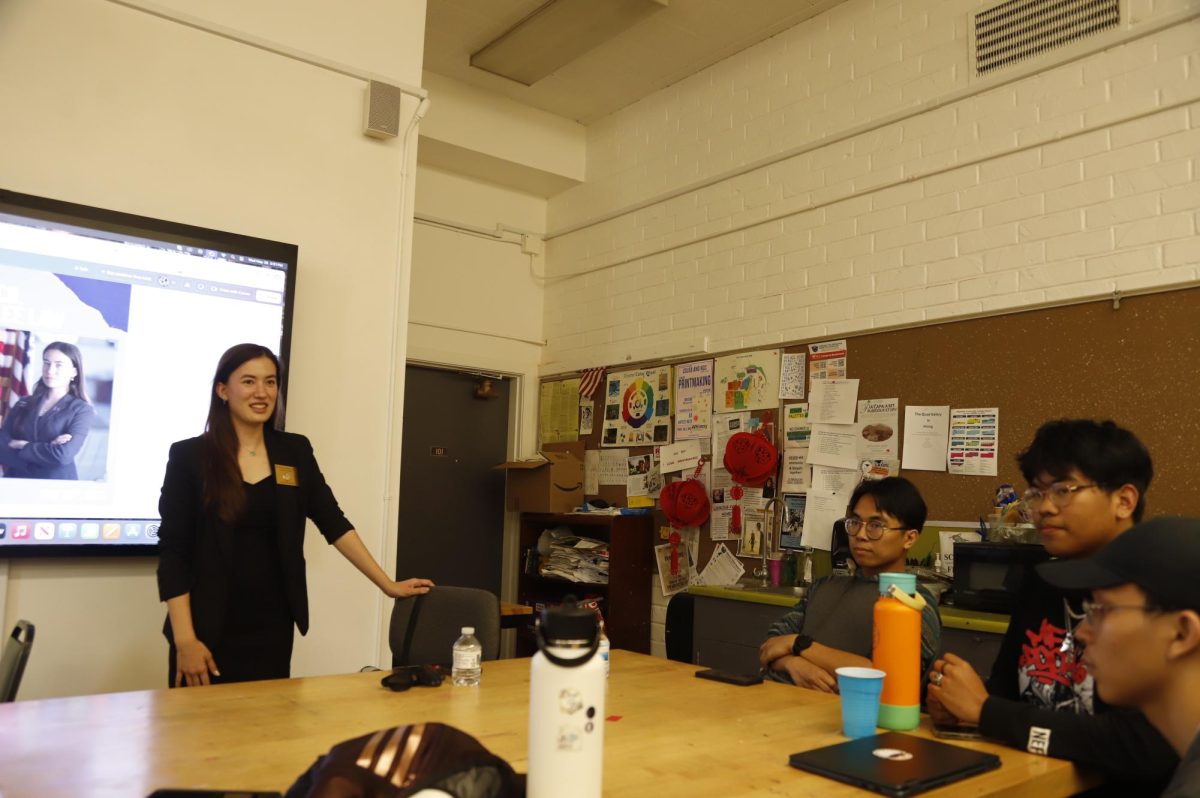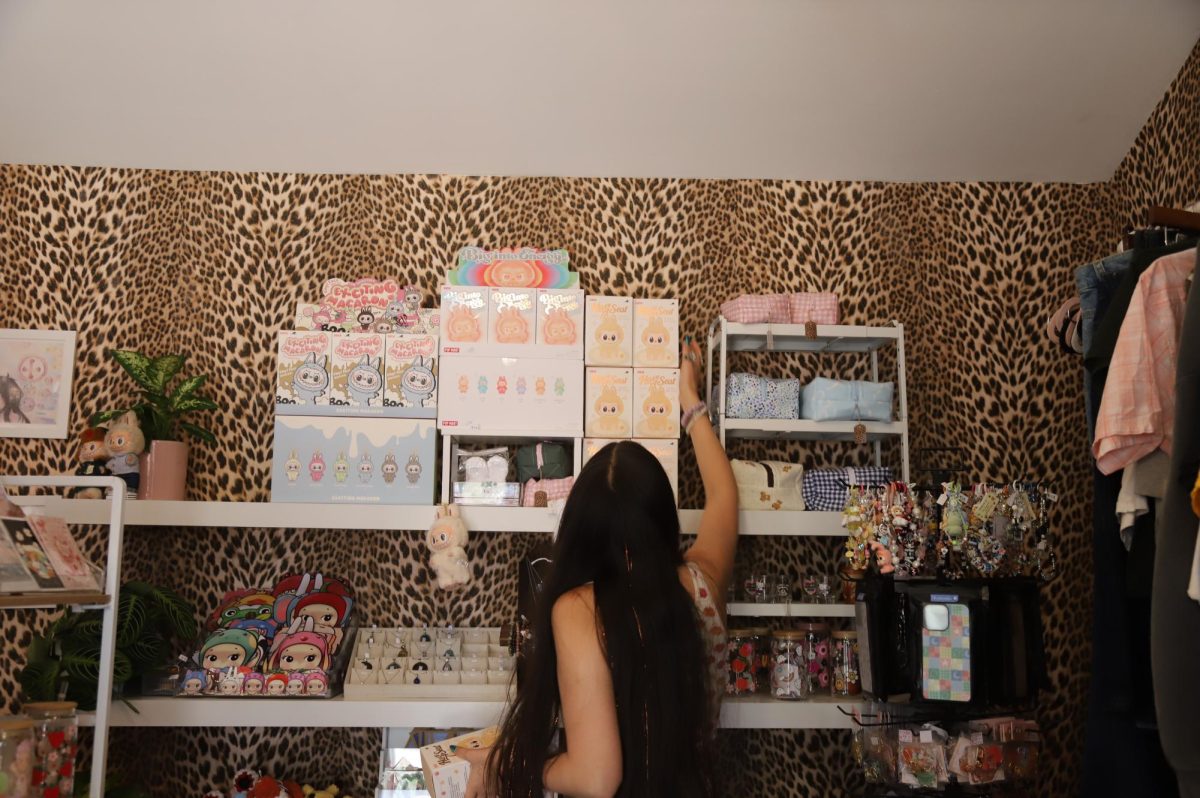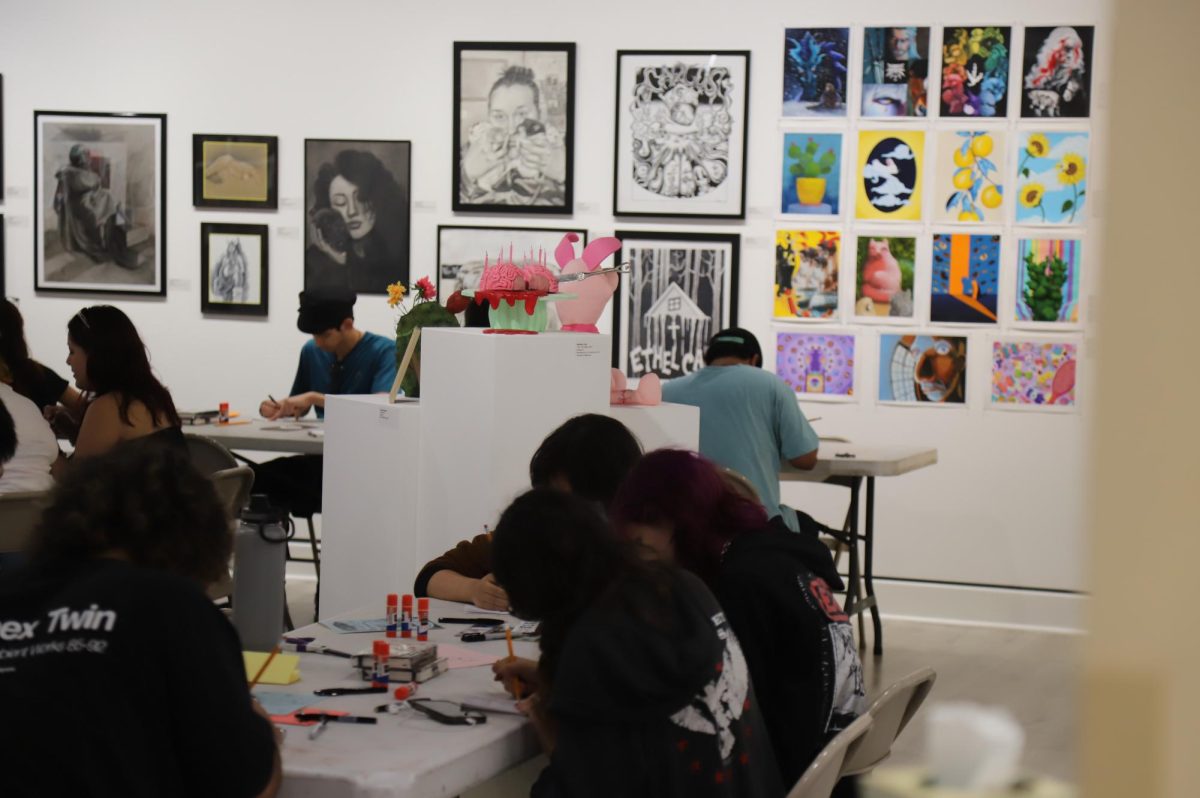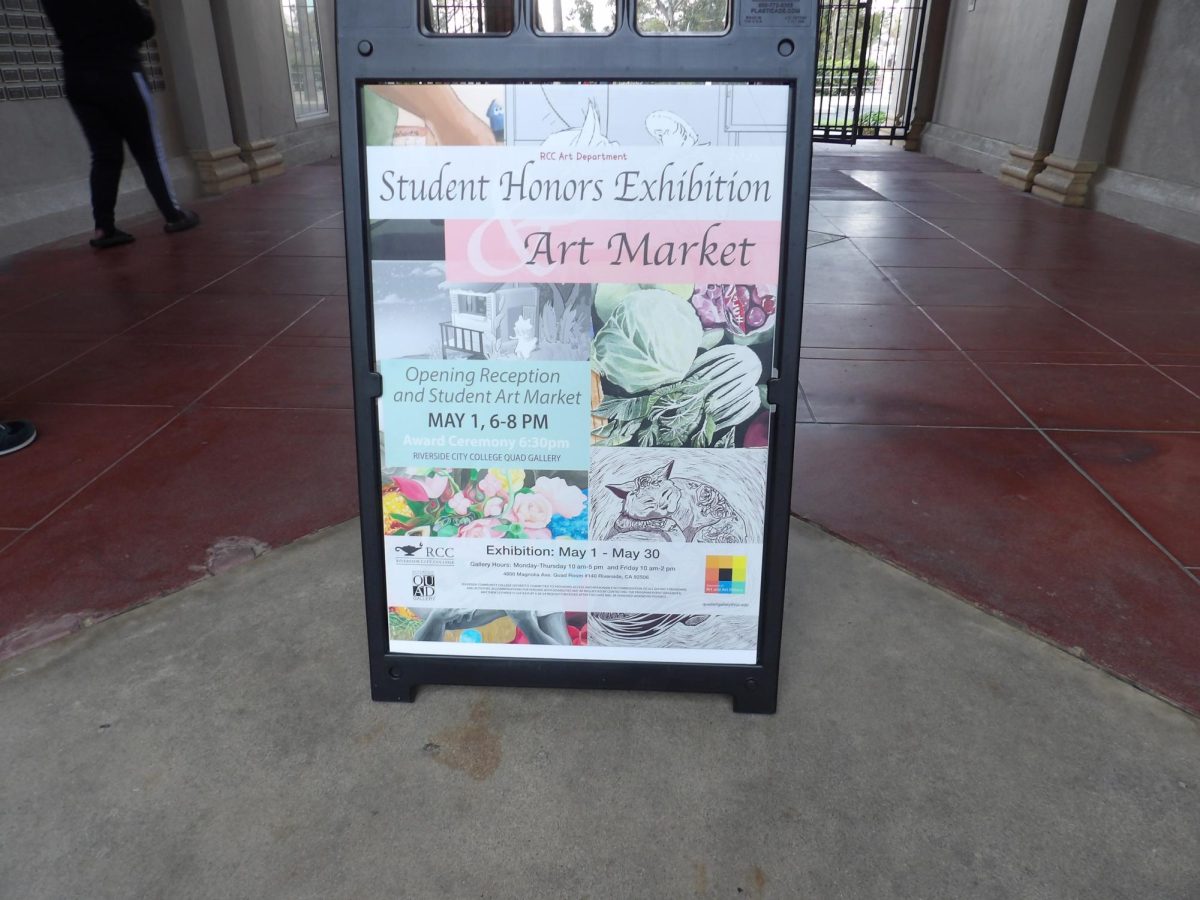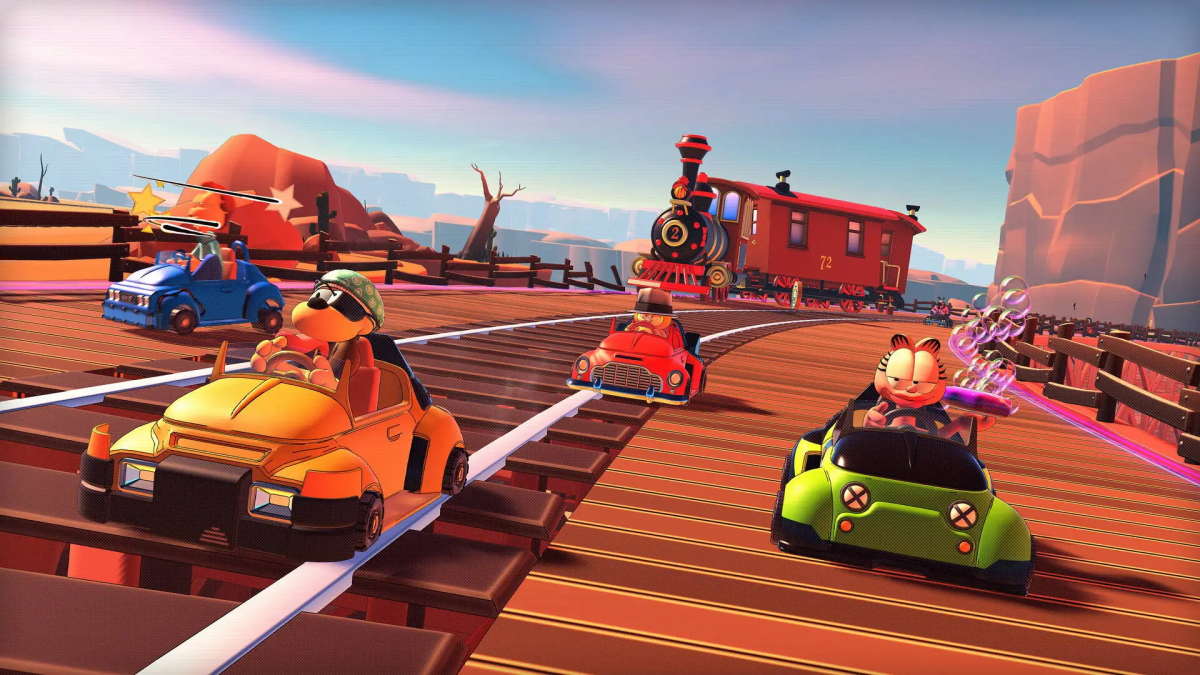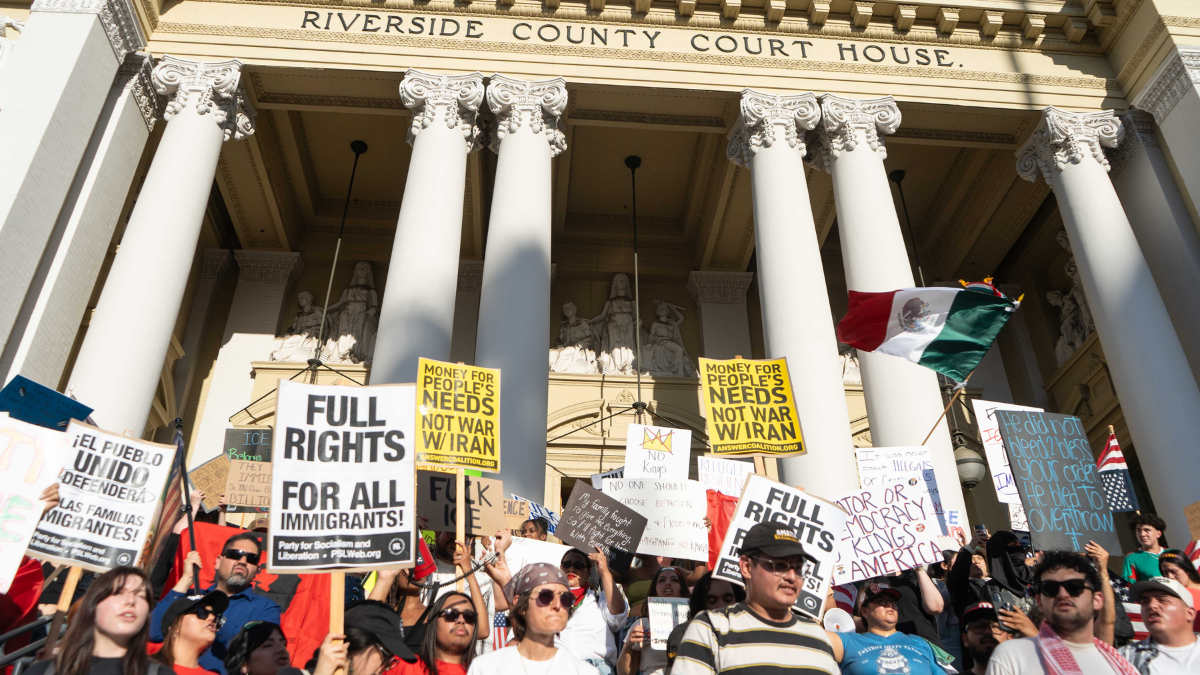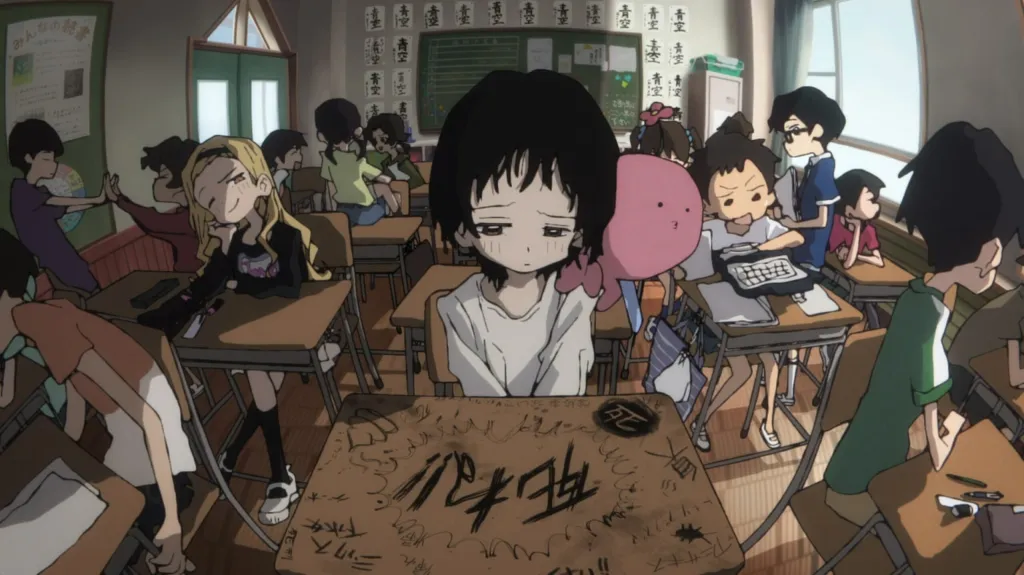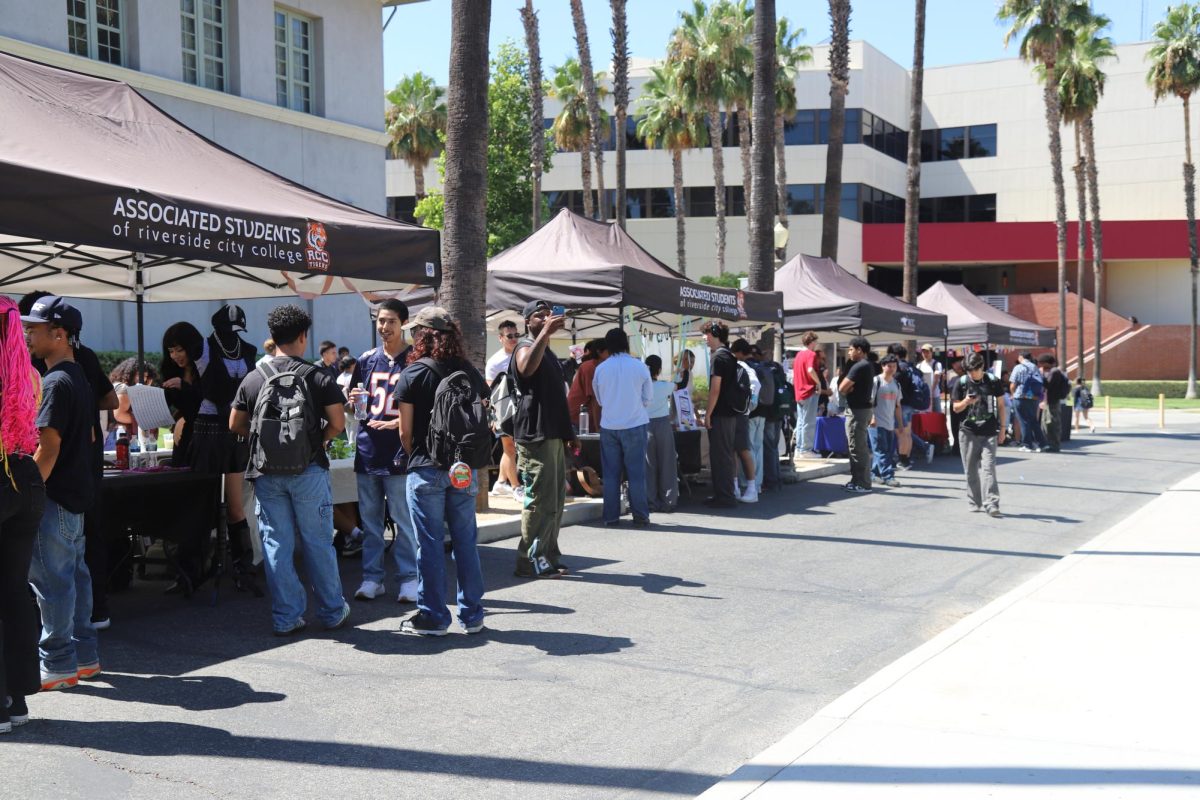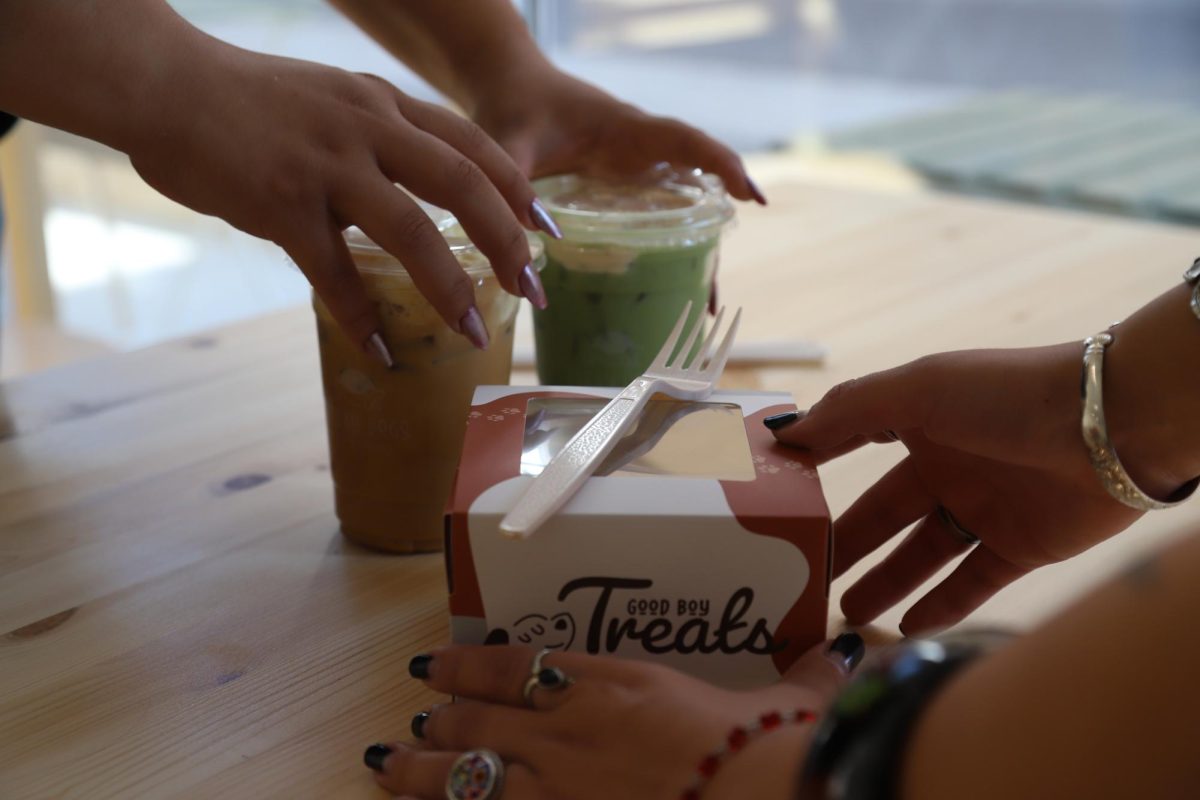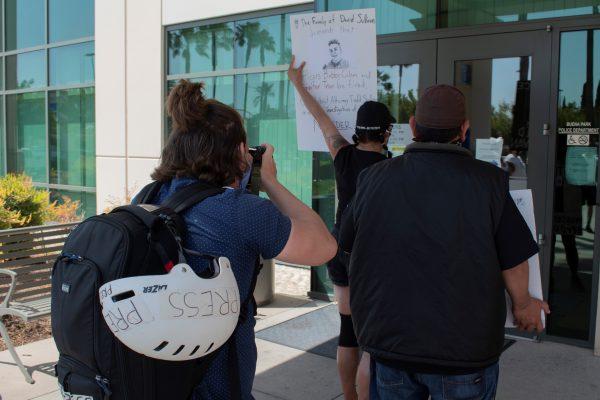
By Erik Galicia
Los Angeles police officers — geared up with the riot equipment that came to characterize law enforcement over the past year — moved in formation through an Echo Park alleyway.
An intense protest of hundreds faced off with police March 25 over the city’s intent to clear the park of homeless encampments. While the arrests of dozens of demonstrators were of no surprise to anyone, what made this assembly different was that officers began arresting news reporters.
Los Angeles photographer Joey Scott was within hearing distance of the journalists.
Scott said the night at Echo Park was the scariest moment he has experienced as a protest photographer. But when police enforced dispersal orders to Los Angeles Times reporter James Queally and Spectrum News 1 reporter Kate Cagle, Scott knew he had to stay.
“If they’re asking them, the two people that document what police do, to leave, something’s about to go wrong,” he said. “That’s when I got really scared.”
Scott has covered over 50 protests across Southern California during the past year. He began showing up to protests after the murder of George Floyd last May. But Scott decided to go full-time with his pursuits in protest photography after he was laid off from his job of seven years as a sales manager for a floor covering company in October.
He has documented movements ranging from Black Lives Matter to immigration and LGBTQ+ rights.
In his experience, these protests are intersectional. Black Lives Matter, indigenous rights advocates and LGBTQ+ activists all show up for each other. But most of these protests, he said, are sparked by the common theme of police violence.
Scott, a 31-year-old White man, grew up in Iowa and was raised a conservative. But he became socially active as a teenager, listening to punk rock and eventually earning a philosophy degree in college.
The photographer began picking up left-wing ideologies such as anti-fascism and defunding the police in 2017. He said his eyes began to open and he began delving deeper, but his beliefs in social justice were shaped by his experiences at protests.
“Listening to people of color share their stories,” Scott said. “Listening to parents speak about their children killed by sheriffs. People’s experiences have informed my political views. That’s just been my goal: to show up to these things and listen, and then share their stories so people can be informed better.”
The stories he’s heard from families of victims of police violence have been the ying to the riot police aggression’s yang. While there is certain danger at many protests, these families have uplifted him.
Not only do these families speak within days of losing their loved ones, but they show up week after week with a willingness to retraumatize themselves in the call for justice, Scott said.
Many of these families have linked up and become each others’ support systems. They travel to each others’ hometowns across the Southland to march in the streets.
“I try to show that interconnectedness,” Scott said. “Little things like people singing ‘Lean on Me.’ One-hundred people singing together and showing that they care for each other.”
Scott has also been on the front lines of hateful confrontations.
A “White Lives Matter” rally held in Huntington Beach on April 11 was drowned out by counter protesters, but there was a presence of White supremacists donning swastika tattoos. Although he has covered standard right-wing rallies in other areas, he said the typical pro-Trump crowds were ambiguous when it came to White nationalism.
He called the experience at the Huntington Beach Pier surreal.
“These are people who are very explicit about their beliefs about the ‘superior race,’” Scott said. “To see that veil pulled back and to see it so in public, it’s very unsettling. Personally, it’s cool to see them escorted out and maybe punched once or twice. I think that’s something we can all agree on: Nazis should not be welcomed.”
The Iowa transplant carries a helmet, goggles and a respirator for safety during protests. He has even worn a bullet-proof vest to demonstrations and been followed by protesters while covering right-wing rallies.
But he admitted there is an addictive rush that accompanies covering the front lines.
“It’s essentially like a flow state,” Scott said. “Everything kind of gets tuned out, all the other background noise in your life gets tuned out and it becomes very in that moment.”
Physical confrontations with police at protests Scott has covered have generally been spontaneous — a protective reaction to intimidation tactics employed by a menacing wall of batons and armored vehicles.
“It’s never a plan like ‘alright, let’s go face off with police and get shot at with less-than-lethal rounds,’” he said. “It’s always a big unknown if something like that is going to happen because it’s never planned. So you have to anticipate that violence.”
From the massive marches he has covered in Los Angeles to the smaller, more intimate demonstrations he has photographed in cities like Riverside, Scott said he has only seen one protest result in massive property damage. Contrary to what people see on TV, the vast majority are composed of people peacefully expressing their anger.
But Scott does not draw a line between what is an acceptable form of protest and what is not, though, he said it is the police who usually riots.
“Really, the aggression is coming from the police and not the protesters,” he said. “The thing I’ve tried to document is that no matter how you protest, the police are going to brutalize you and harass you.”
As an advocacy photojournalist, Scott abides by the principle of doing no harm to protestors, especially demonstrators of color and never photographs them without consent. His aim is to hold police accountable at the protests he covers while using his privilege to protect his minority colleagues.
“Many of my counterparts that I roll with are people of color and they get treated in a very different way as press than I do,” he said. “I can kind of navigate these spaces and put myself in between police and protesters.”
Scott hopes to start an agency for photographers of color and shed light on issues such as gentrification and labor disputes.
“I want to grow the scope out,” he said. “Cover more things that aren’t direct actions, tell more stories of specific people.”

